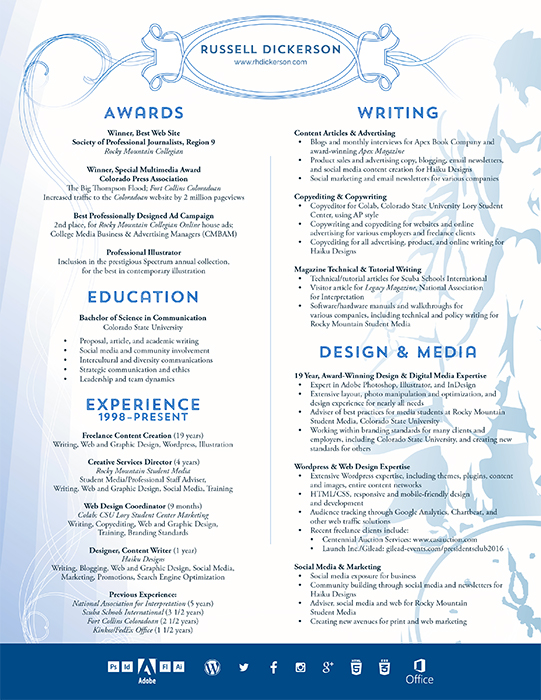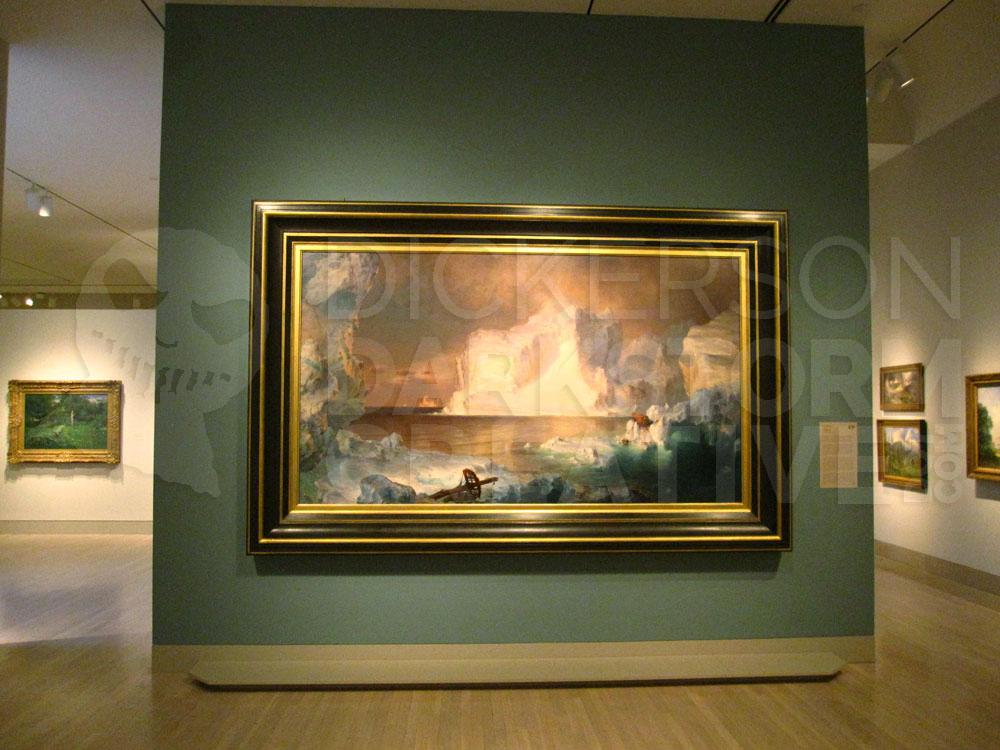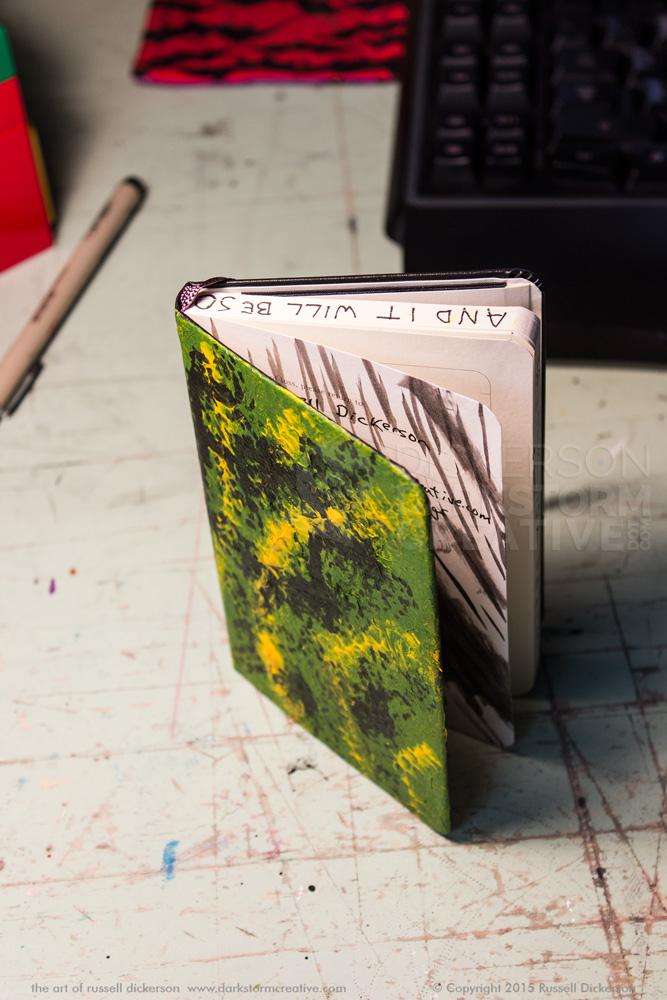Someone asked me the other day which art technique books I would recommend, and it’s not necessarily an easy answer. I’m very picky with those kinds of books, and there are so many out there that what works for you might not work for me. But I thought I’d at least throw out a few that are almost always on my desk, open or otherwise. All of these are available everywhere, maybe even in your favorite bookstore.
First off, a series of books by Burne Hogarth. Dynamic Anatomy, Drawing Dynamic Hands, Drawing The Human Head, and Dynamic Wrinkles and Drapery . They are not only great learning books, but great reference as well. Hogarth has a great way of simplifying the techniques, and chooses many angles for showing how to work with human anatomy. I’m surprised that the book I use the most is Dynamic Wrinkles , it’s great to flip through and really helps me figure out how a characters clothes should look and act.
Next up, especially for the graphic novel ideas that I have, is Visual Storytelling by Tony Caputo. This one’s a perfect reference for graphic novel work, perspective in art, technique and style, and a lot more. It really lays a good foundation for working on graphic novels, and I’ve picked up quite a few good habits and ideas after reading it.
Another one that I use quite a bit is Superheroes: Joe Kubert’s Wonderful World of Comics . Part explanation of how to create a comic, and part drawing techniques, it’s a great book that simplifies the often complex methods of creating art and stories. It’s a bit of a catch-all book (as is Visual Storytelling ), but it comes across as a nice overview of how to create art and comics. Don’t let the title fool you either, it’s useful for all kinds of art techniques, especially as a place to start.
Lastly (for today anyway), is Facial Expression by Gary Faigin. This one is a great reference to have on the many different facial expressions there are. Faigin not only simplifies things, but he adds so many references in the book that it’s often useful just to crack open and make sure I have something right. The book shows what parts of the face work together for each expression, as well as photos and other artwork as examples.
There are a number of other books that float around on my desk from time to time (and I mean float, you should see my desk). Comics and Sequential Art, Making Comics, Anatomy for the Artist, Atlas of Anatomy for Artists, Cyclopedia Anatomicae , and so on. These above though are the ones most often on my desk (they are right now actually for a project). Flip through them in the bookstore, and see if they are as much help to you as they are to me.
Good luck.


